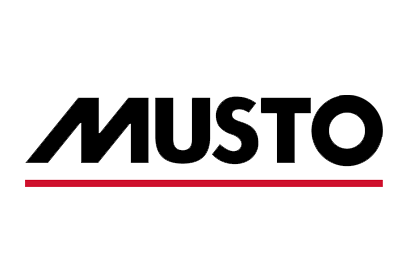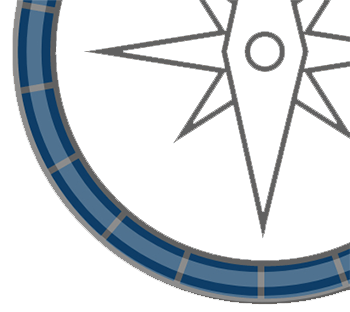
RORC De Guingand Bowl – Two-Handed Nail Biter
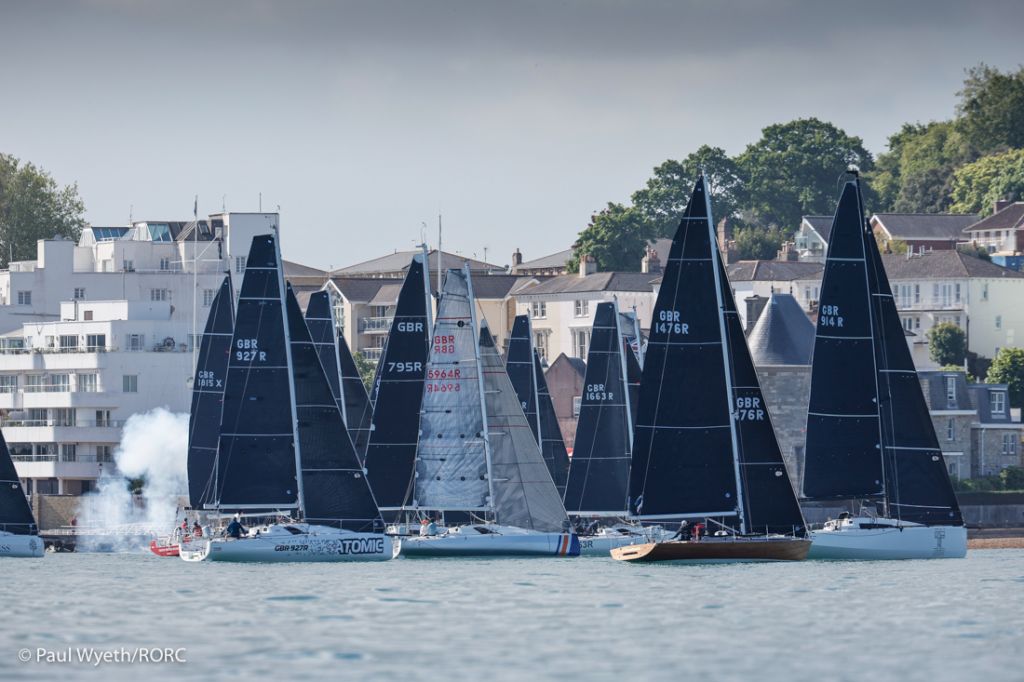

With the wind speed varying from zephyrs to over 20 knots, the Royal Ocean Racing Club’s De Guingand Bowl Race tested the international fleet right through the spectrum of skill sets.
Seven teams in IRC Two-Handed posted the top positions for IRC Overall.
British Sun Fast 3300 Atomic, co-skippered by Gareth Edmondson & Hugh Brayshaw, won overall. Atomic crossed the finish line just one second ahead of Sun Fast 3300 Red Ruby, co-skippered by the American duo of Christina and Justin Wolfe. Ruby Red was second overall after IRC time correction. Richard Palmer’s British JPK 1010 Jangada, racing with Rupert Holmes, corrected out to third for the race and retain the overall lead for the RORC Season’s Points Championship.
Class winners for the RORC De Guingand Bowl Race
IRC Zero & Monohull Line Honours - RORC Commodore James Neville’s HH42 INO XXX
IRC One - Derek Shakespeare’s J/122 Bulldog
IRC Two & IRC Two-Handed - Atomic
IRC Three - Richard Palmer’s Jangada
IRC Four - Stuart Greenfield’s S&S 34 Morning After
Class40 - Antoine Magre’s Palanad 3
MOCRA & Multihull Line Honours - Multi50 Spirit of Poole sailed by Robert Langford-Wood.
Full Results: http://www.rorc.org/racing/race-results
Quotes from the Boats
Gareth Edmondson Sun Fast 3300 Atomic
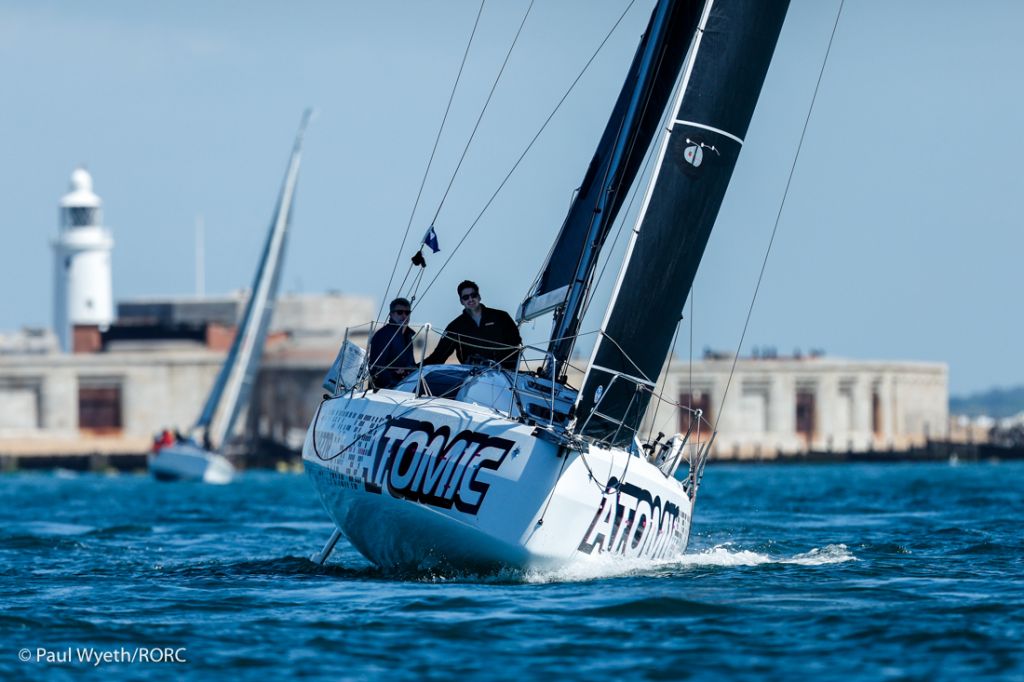 Sun Fast 3300 Atomic, co-skippered by Gareth Edmondson & Hugh Brayshaw © Paul Wyeth/RORC
Sun Fast 3300 Atomic, co-skippered by Gareth Edmondson & Hugh Brayshaw © Paul Wyeth/RORC
“Much credit must go to Hugh Brayshaw, who was making the key decisions and mention for Atomic’s owner Chris Agace, who I charter the boat from. We have sailed a lot together and teamwork is really important. The last few hours were very intense, Red Ruby overhauled us, but we managed to pull that back to cross the line a second behind! Staying in pressure and going the right way were the two key areas. Especially going in towards the Isle of Wight after the first Line of Longitude, which definitely paid off significantly. Going offshore south of the island was a good move, as the wind direction consistently lifted, and we were boosted by the tide. After the second Line of Longitude the wind went aft and built, so we had a really nice run to the finish. We are very tired but also very pleased and looking forward to the Myth of Malham.”
Justin Wolfe Sun Fast 3300 Red Ruby
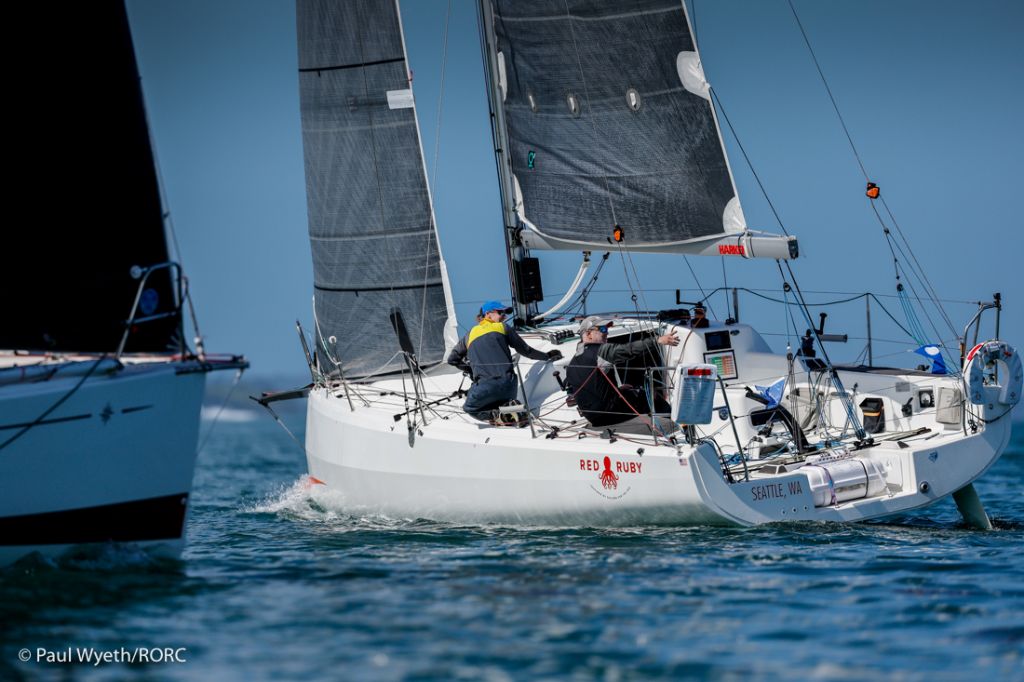 Christina & Justin Wolfe's Sun Fast 3300 Red Ruby © Paul Wyeth/RORC
Christina & Justin Wolfe's Sun Fast 3300 Red Ruby © Paul Wyeth/RORC
“Holy cow that was challenging, navigating around this area that we have never sailed before and we only arrived here on Tuesday (from Washington, Pacific Northwest, USA). Back home we are lucky if we distance-race against five other short-handed teams, and we are all in different boats. It is so great to have 30 Two-Handed boats, all on a tight rating band and that is why we came here, there is nowhere else in the world that has this.
We sailed the boat for the first time this week, but it was blowing really hard, so not very helpful for the race. At the finish we were right on top of Atomic, I think we caught them because we had our staysail up, tight reaching with the A2. We knew this combination would be good for hotter angle after the Nab Tower and we had a nice boat speed edge. It was blowing about 20 knots, the boat was on its ear, trying to sail over the top of them. We will definitely be back for more this season, and we are doing the Fastnet next year, that was a major reason for coming to race with the RORC.”
Richard Palmer JPK 1010 Jangada
“This race was a good tussle, and the competition is not getting any easier! We got a shocking start, distracted by a close encounter with the Red Jet, so we were playing catch up with our class and the next class were catching us up by the time we got to Hurst. Our main rivals went south out of The Solent, but we had the courage of our convictions and went for the North Channel to stay inshore and by the time we got to St. Catherine’s we were neck-and-neck with Atomic. As the trough came in from the south, on this occasion we planned for the gusts, and we put our heavy kite up. While it was not optimal for the first part, it was the right sail by the time we got to the Nab Tower. This is shaping up to be a very competitive season in the Two-Handed Class. Jangada has proved to be a good all-round boat, but other teams will come to the fore, especially in bigger breeze. You don’t have to win every race to win the series, sometimes you have to let one or two boats get away, just as long as you manage the rest of the fleet. Next up for Jangada it’s up to Harwich for the North Sea Race.”
The Devil in the Detail
The RORC Race Team chose a diamond shape course of approximately 115nm with the Isle of Wight at its centre. After racing the Western Solent and through Hurst Narrow, the fleet was set a rounding to the west of a Line of Longitude off Sandbanks. After leaving St Catherine’s Point to Port, the next waypoint was east of a Line of Longitude south of Littlehampton. Turning back towards The Solent, the course took the fleet to Starboard of the Nab Tower, to Port of No Man’s Land Fort, and a Race Finish at Mother Bank.
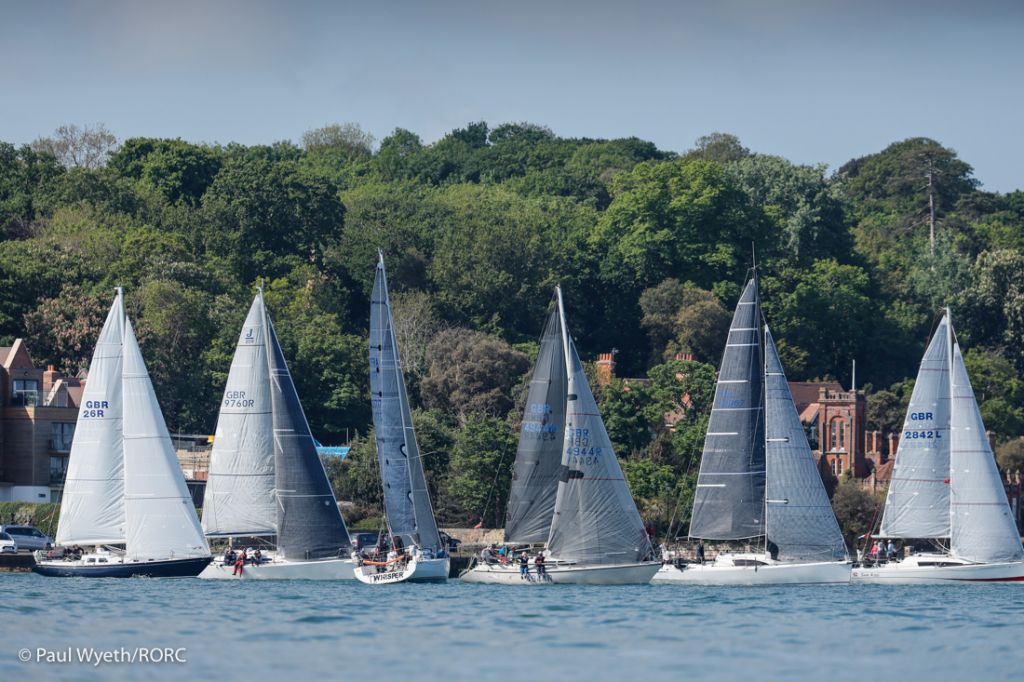 RORC Fleet in the Western Solent © Paul Wyeth/RORC
RORC Fleet in the Western Solent © Paul Wyeth/RORC
The start was in light upwind conditions, but as the fleet headed west, the breeze built, giving faster conditions through to Hurst Narrow. Managing the ‘change in gear’ was a key to best performance. Out of the lee of the Isle of Wight, the main strategic aim was not only finding the best breeze but also where to cross the line of latitude off Sandbanks. A pack of boats went for the North Channel, looking to pick up more breeze inshore. The majority of the fleet took a more direct southerly offshore route. The spread of the fleet at the line of latitude was over 5 miles but the YB AIS tracker revealed an advantage in staying inshore. For the leg to St. Catherine’s Point, the tide came more into the equation; tidal relief was along the island shore but required a boat to sail more miles to gain tidal advantage. This proved to be a decisive section of the race, with boats going inshore making significant gains. Staying offshore south of the island proved to be a gain with lifting pressure towards the next waypoint. As the leading boats approached the line of latitude off Littlehampton, a frontal system arrived from the south. The wind was gusting to over 20 knots with distant rumbles of thunder and the associated lightshow. This change required forward planning for downwind sail choice, as well as angle of attack for the finish.
The sixth race for the RORC Season’s Points Championship will be the North Sea Race, starting on the 27th of May, hosted by the Royal Harwich Yacht Club. The 181nm race starts outside Harwich and meanders around the Galloper wind farm before heading north to Smith’s Knoll Buoy and across to the famous sailing city of the Hague and the Scheveningen Yacht Club.


